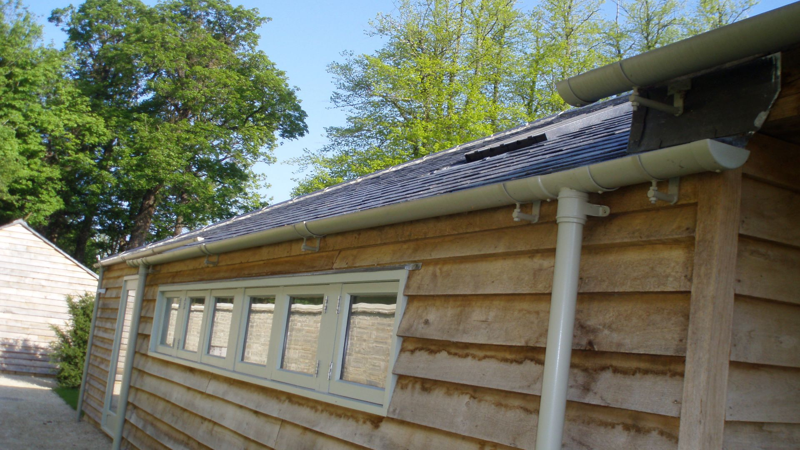The lifespan of a gutter is typically 20-30 years. However, this can vary depending on the material it is made of, the climate it is exposed to, and how well it is maintained. For example, gutters made of aluminum or vinyl may last longer in a temperate climate than those made of steel or copper, which may corrode more quickly. Properly cleaning and maintaining your gutters can help extend their lifespan.
How often should you replace your gutters?
It is important to keep your gutters clean and in good repair to protect your home from water damage. You should inspect your gutters at least twice a year and clean them as needed. If your gutters are damaged, you should replace them as soon as possible.
If you live in an area with a lot of trees, you may need to clean your gutters more often. Leaves and other debris can clog your gutters and cause water to back up, which can damage your home.
If you don’t keep your gutters clean and in good repair, you may end up having to replace your gutters more often than you would if you took care of them. Gutters typically last about 20 years, but if they are not properly maintained, they may only last 10 years or less.
To avoid having to replace your gutters more often than necessary, it is important to inspect them regularly and clean them as needed. It is also a good idea to have your gutters cleaned by a professional at least once a year.
How do I know if my gutters need to be replaced?
- It’s important to regularly inspect your gutters to ensure they are in good condition.
- If you notice any cracks or holes in your gutters, they may need to be replaced.
- If your gutters are sagging or pulling away from your home, they may need to be replaced.
- If your gutters are leaking, they may need to be replaced.
- If you have any doubts about the condition of your gutters, it’s best to consult a professional for an assessment.
How do you know if your gutters are bad?
- Check for signs of wear and tear: Gutters that are old or in poor condition are more likely to be damaged and in need of repair or replacement. Look for cracks, holes, or other damage to the gutters.
- Look for leaks: Leaks are one of the most common problems with gutters. They can be caused by a variety of factors, including damage to the gutters, improper installation, or clogs.
- Inspect the downspouts: Downspouts that are damaged, loose, or blocked can cause water to back up in the gutters and cause problems.
- Check for standing water: Gutters that hold water are more likely to be damaged by freezing temperatures. In addition, standing water can attract insects and other pests.
- Look for sagging: Gutters that sag or are not level can cause water to pool in them and cause damage.
If you notice any of these problems, it is important to have the gutters repaired or replaced as soon as possible to avoid further damage.
What is the most common problem with gutters?
The most common problem with gutters is that they can become clogged with leaves and other debris. If the gutters are not cleaned regularly, the water can back up and cause damage to the roof or the foundation of the house.
Final Word
The lifespan of a gutter can vary depending on the material it is made of and the climate it is exposed to. However, with proper maintenance and care, a gutter can last for many years.

